This is part of a series on the Women’s Collegiate Championships
The second Women’s Intercollegiate Golf Championship was held 5 years after the first, but picked right back up where the previous left off. Once again organized and hosted by Ohio State’s physical education department, the 1946 tournament was another step towards realizing the goal Gladys Palmer, Mary Yost, and others within the OSU staff had originally laid out as a part of organizing the first tournament. Much like the First World War had, the Second World War changed many things including the sentiment towards women’s athletic pursuits. They likely wouldn’t say as much, but the golf Tournament Committee could not have asked for a better result in having two of the most prominent college-aged female golfers vying for the individual championship. That finals match made headlines across the country for both the great play and the interesting family dynamic which would echo across time and affect this same tournament two decades later.
*NOTE 1: underlined text provides a link to references or sites with more information
*NOTE 2: we have done our best to cull out sources that contain problematic language or sentiments, but sometimes those things cannot be helped or are otherwise included to illustrate a point; we hope you understand this usage and recognize its educational purpose is not an endorsement
THE WAR YEARS
As we left off with the last post, the attack on Pearl Harbor and the subsequent entry of the United State in World War II prevented a second Women’s Intercollegiate Golf Tournament from being played in 1942. In fact, like many prominent amateur golf events such as those run by the USGA, women’s college golf didn’t really return until the Spring of 1946. Given how difficult (and not to mention expensive) it was to create and run the 1941 tournament, it wasn’t a sure bet that there would ever be another. Once again it was through the persistence and determination of Gladys Palmer, Mary Yost, and others within the Ohio State University physical education staff that the tournament would be rekindled and thrive.

Just like before the war, planning and preparation for the second women’s intercollegiate golf tournament was methodical and orderly. Acting again as the Tournament Director/“General Chairman of the Tournament Committee”, Gladys Palmer strove to not just replicate the first tournament back in 1941, but to improve upon it with additions such as revised awards (see later in this post) and input from all parties involved, including the players themselves.
In early Spring 1946, Palmer published an article in the Ohio High School Athlete that emphasized the points she had made prior to the first golf tournament which revolved around the base notion of proper organization for girls’/women’s sports competitions. She had seen the mistakes made over the previous half-century of boys’/men’s organized competitions - particularly with student-run organizations which lacked structured governance - and seems determined to head off as many of those from the beginning as possible. This article, as well as the open nature of the Women’s Intercollegiate Golf Tournament Committee (all Ohio State people for now), helped Palmer gain the recognition she didn’t have prior to her proposals in 1940-41, and within the next year resulted in her addition to several prominent committees/boards such as a seven-woman panel for making recommendations to the Ohio High School Athletic Association regarding girls interscholastic athletics.
It’s safe to say that the details mattered to Miss Palmer, and by extension the entire Golf Tournament Committee, which was expanded to handle various tasks in organizing this current tournament as well as providing the basis for tournaments in other sports in the near future. Subcommittees were established, composed of both physical education staff and students, and had their own “chairman” which reported back to the General Chairman. And by reports, we do mean actual detailed reports which were typed, assembled, discussed, and are likely still preserved somewhere within the Ohio State archives given the references made to them in the handful of dissertations written in the 1960s and 1970s on the subject of women’s athletics. We will touch on and utilize some of these specific reports in the coming posts that deal with pre-AIAW collegiate golf, but for now just recognize that the women’s tournament was not haphazardly run and actually closely resembled the men’s NCAA golf tournament not just in format but in actual organizational function as well despite the lack of national resources.
THE TOURNAMENT RETURNS [July 8-13, 1946]
After months of careful planning and sending out entry “blanks” to institutions across the country, the time arrived for the tournament to once again be held at Ohio State’s prestigious golf course. Like in 1941, it was more than just the golf that made the tournament special. Players were treated to meals, entertainment, and transportation wherever needed, most of which came at the expense of the Ohio State University since the $5 entry fee did not cover much. The Tournament Committee members expressed the strong belief that these extracurriculars were important for all involved, and that the event would only continue to be successful with care put into these details as much as the golf itself.
INDIVIDUAL FAVORITE: PHYLLIS OTTO
One of the tournament favorites was Phyllis Otto of Northwestern University. Miss Otto, who had won the 1945 Women’s Western Amateur, was almost added to Northwestern men’s team earlier that Spring under head coach (and major NCAA golf committee member) Ted Payseur in what turned out to be his last year before turning the program over to returning veteran and Wildcat legend Sid Richardson. Unfortunately, like most women who attempted the same in previous years, she was eventually prevented from playing in the men’s competition.
Phyllis was clearly a well respected part of the university. She took part in a dedication match for the opening of Northwestern’s golf course in May 1945 along with Chick Evans, Don Heppes (captain of Northwestern’s first Big Ten championship team in 1925), and Lillian Townsend (“a leading midwestern woman golfer”). There were high hopes that Otto would extend the prowess of the Northwestern golf program into the women’s intercollegiate championship as well.
INDIVIDUAL FAVORITE: DOROTHY “DOT” GERMAIN
Another of the tournament favorites was Dorothy Germain of Beaver College. If not for Phyllis Otto, Germain would have been the easy odds-on favorite as she was one of the most accomplished players to yet play in the collegiate championship. Just two years earlier, Dot had repeated as the Women’s Western Amateur champion in a victory over Otto. The next year, Phyllis would get her revenge and claim her own Western Am title (over “Babe” Zaharias).
At the time of this women’s intercollegiate championship, Germain was already considered one of the top female players in all of amateur - not just collegiate - golf. How well known was she? She appeared as one of the subjects (Patty Berg being another) in the August 1946 issue of True Comics which told part of her life story. Beginning in 1947, she also frequently appeared on a series of golf instruction videos aired by Philadelphia’s WPTZ in which her instructor - PGA Hall of Famer Marty Lyons of Llanerch CC - used her demonstrations to teach golf to television viewers.

STROKE PLAY
The 1946 edition of the tournament utilized a similar format to the first, which itself took its structure from the men’s NCAA championship. The format included having the 30 or so competitors play 18 holes of stroke play to determine both the team championship as well as the qualifiers for the individual match play championship.
INDIVIDUAL RESULTS
One of the surprises of the 1941 championship was the record set at 75 by Marjorie Row [Michigan State] when nobody knew if any of the women would break the par of 80. Since five years had passed and this was a whole new crop of players, the Tournament Committee was again unsure if par, which had been lowered to 78, would be safe. Turns out even more players broke par as a total of 3 women bested the mark. Also broken was Marjorie’s record as Dorothy “Dot” Germain [Beaver College] toured the course in one less stroke.
Although par had been lowered by two strokes, the qualifying score was a few strokes higher this year. The last four players to make match play were over 90, with the highest being 94. In all, 12 teams were represented by the top 16 qualifiers.
TEAM RESULTS
Since few schools had more than one representative playing, the team championship was determined by taking the two best scores from players on the same team.
Beaver College, now known as Arcadia University, annexed the team championship thanks to Germain’s record 74 and Dorothy Passon’s qualifying score of 92, for a combined 176. They beat out Northwestern’s combo of Otto (78) and Mary Ann Findley (93) by 5 strokes. Ohio State finished third with a 86+88=174.
MATCH PLAY
Dot Germain followed up her impressive medalist showing with an equally impressive 8&7 victory in her first round match. She followed that up with a 3&2 win over future LPGA Tour founder Shirley Spork [Michigan State Normal/Eastern Michigan]. Patricia O’Sullivan of Bradford Junior College proved to be Germain’s toughest test, battling her to a close 2&1 finish which sent Germain into the Finals.
On the other side of the bracket, the Semifinals matchup between “Babe” Freese [Reed College] and Phyllis Otto could have easily been a championship title fight had the bracket been set up differently. The day before, Freese had lowered the course record to 73 on her way to a 4&3 victory over Rose Ann Shaffer [Rollins College]. Otto had cruised in her first two rounds, and managed to outlast Freese down the stretch for a 2&1 victory and entry into the Finals.
FAMILY FEUD FINAL
It’s not often in match play golf that the two pre-tournament favorites end up meeting in the Finals. Not only did that happen in the 1946 championship, there was an added twist: Phyllis Otto was engaged to marry Dot Germain’s brother, Jack, at the end of the year.
The match was everything spectators - and both families - could have hoped for. Despite Germain (Dot that is) racing out to an early 3up lead through 7 holes, Otto (for now) had it back tied by the 11th hole. Phyllis was sitting at 1up when she drained a 15 foot birdie putt on the 17th hole to end the match and claim the title. Had they played the final hole, Otto could have evened her then-record breaking score of 74 (-4) from the start of the tournament or otherwise tied the now course record of 73 with a birdie. It’s safe to say spectators saw some incredible golf befitting a championship match.
Déjà Vu
Despite both finalists graduating, the Germain family was not done making its mark on the women’s intercollegiate championship. Phyllis (Otto) Germain would soon have a daughter she lovingly named Dorothy (“Dot”). The younger Dot Germain would go on to have her own successful collegiate golf career, highlighted by leading the 1968 Southern Illinois team to a national championship while also capturing medalist honors, matching what her namesake accomplished 22 years prior. The following year, Dot would again mirror her aunt by finishing runner-up in the individual match play championship. While there have been a number of interesting family connections in the long history of women’s (and men’s) collegiate golf, it’s probably a safe bet that we will never again see two related players with the same name achieve the same championship results as exactly as the two Dorothy Germains.
The elder Dorothy Germain (Porter) would have her own successful career after college golf which included a US Women’s Amateur title in 1949, a third Western Women’s Amateur title (1943, 1944, 1967), and two appearances in the Curtis Cup - once as a player in 1950 and as a captain in 1966. Mrs. Porter passed away in 2012, leaving behind an incredible legacy.
NEW AWARDS
Along with the medals given out in the first championship, there were now additional types of awards given to the various winners. The tournament committee had noted that a single player had the possibility of winning multiples of the same medal, and so had chosen a few extra items to add meaning and distinction to each.
KEEPSAKES
The first of the new awards were silver letter openers given to members of the winning team. Another award, presented to the individual winners, was an engraved jewelry box with the same design as the medals stamped into the lid. These would continue to be given out for several years.
THE OHIO STATE ROTATING TROPHY
A new award that couldn’t be kept for more than a year at a time was the Ohio State Rotating Trophy. Promised by Gladys Palmer five years earlier, this traveling trophy was kept by the college of the individual champion until the next year’s tournament.
Once it was retired, the OSU Rotating Trophy was said to have been kept in the Office of University Recreation and Intramural Sports. We are currently awaiting back confirmation that the trophy still resides at the university and will update this section with that status and hopefully some updated photos.
Thanks for reading!
Up Next: Grace Lenczyk's Amazing Run
In the next post for this series, we will cover the incredible run of Grace Lenczyk [Arnold College and Stetson University] who made four straight individual Finals appearances in the 1947-50 championships and at one point during that stretch was a national, international, and intercollegiate champion.




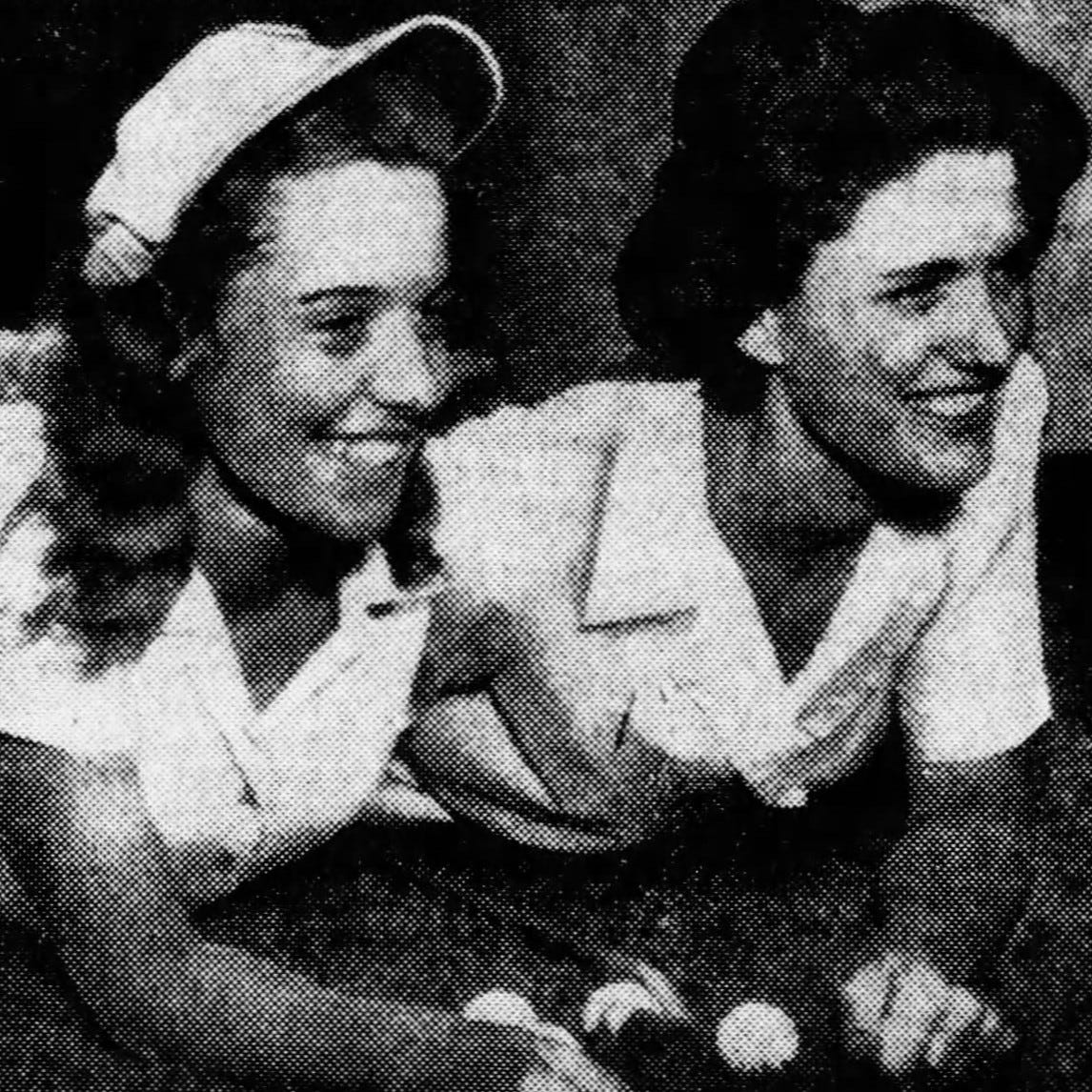


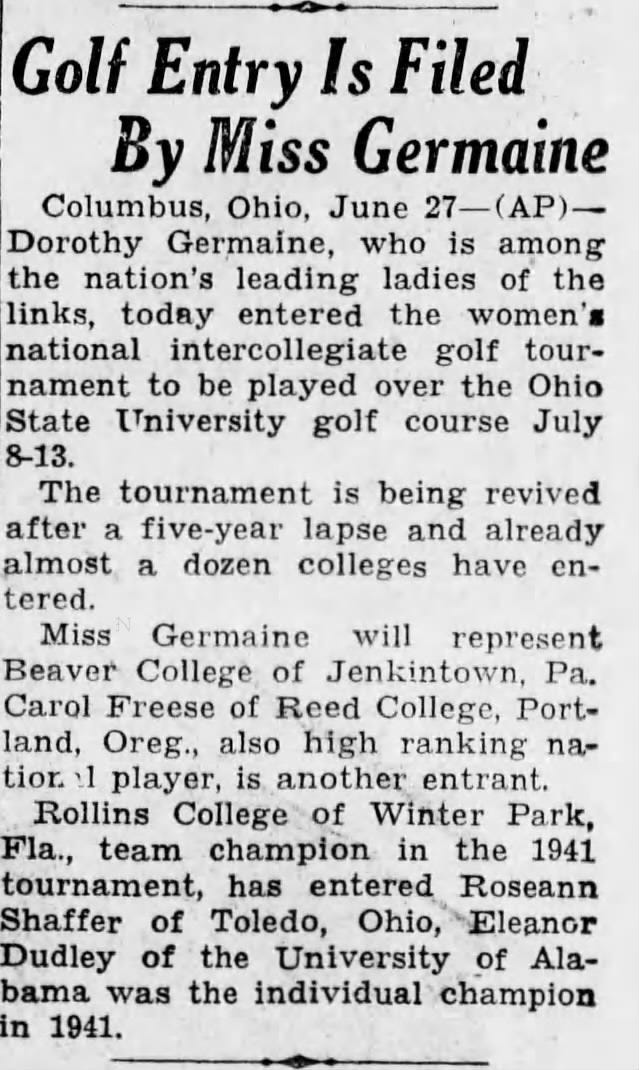
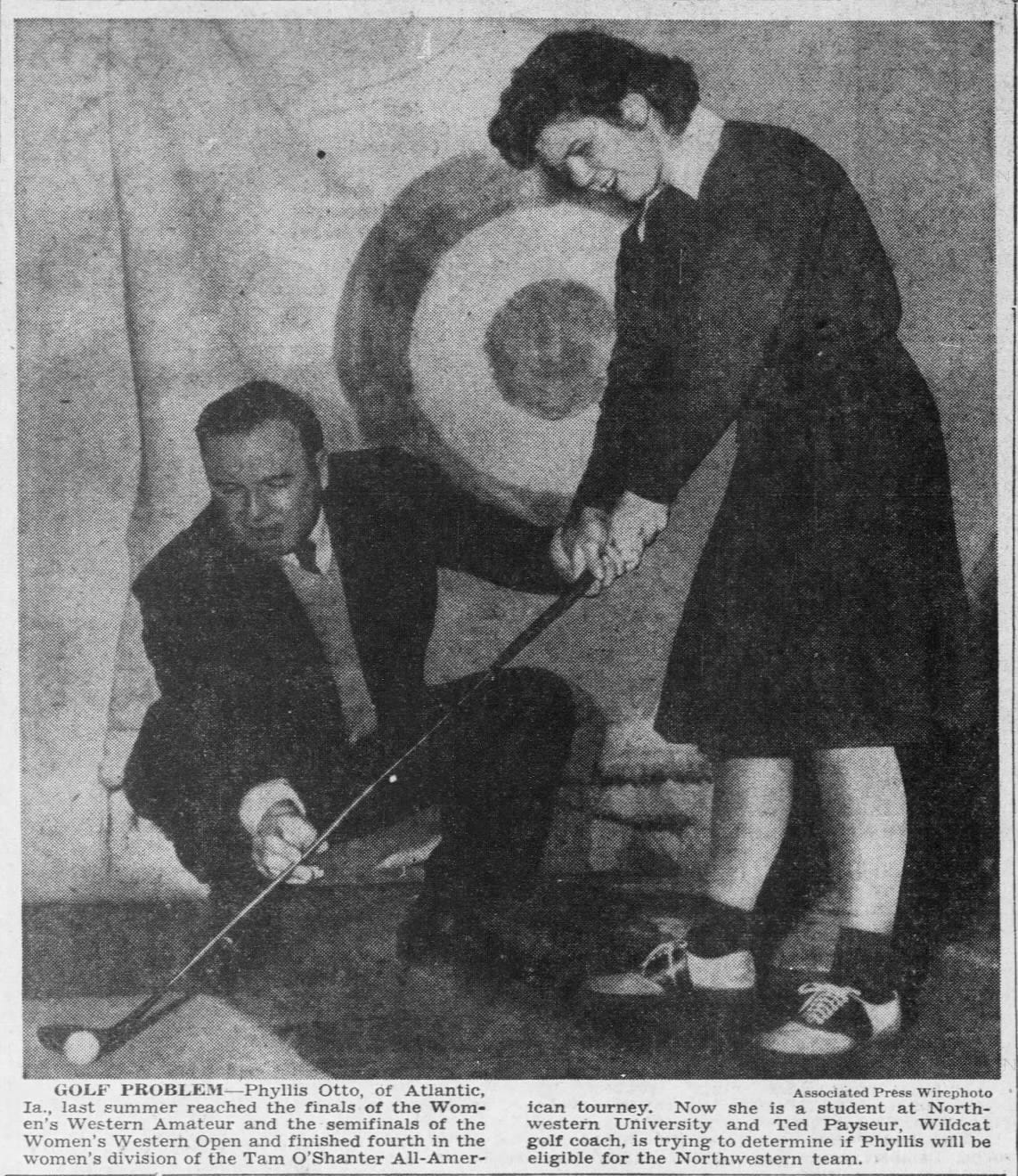


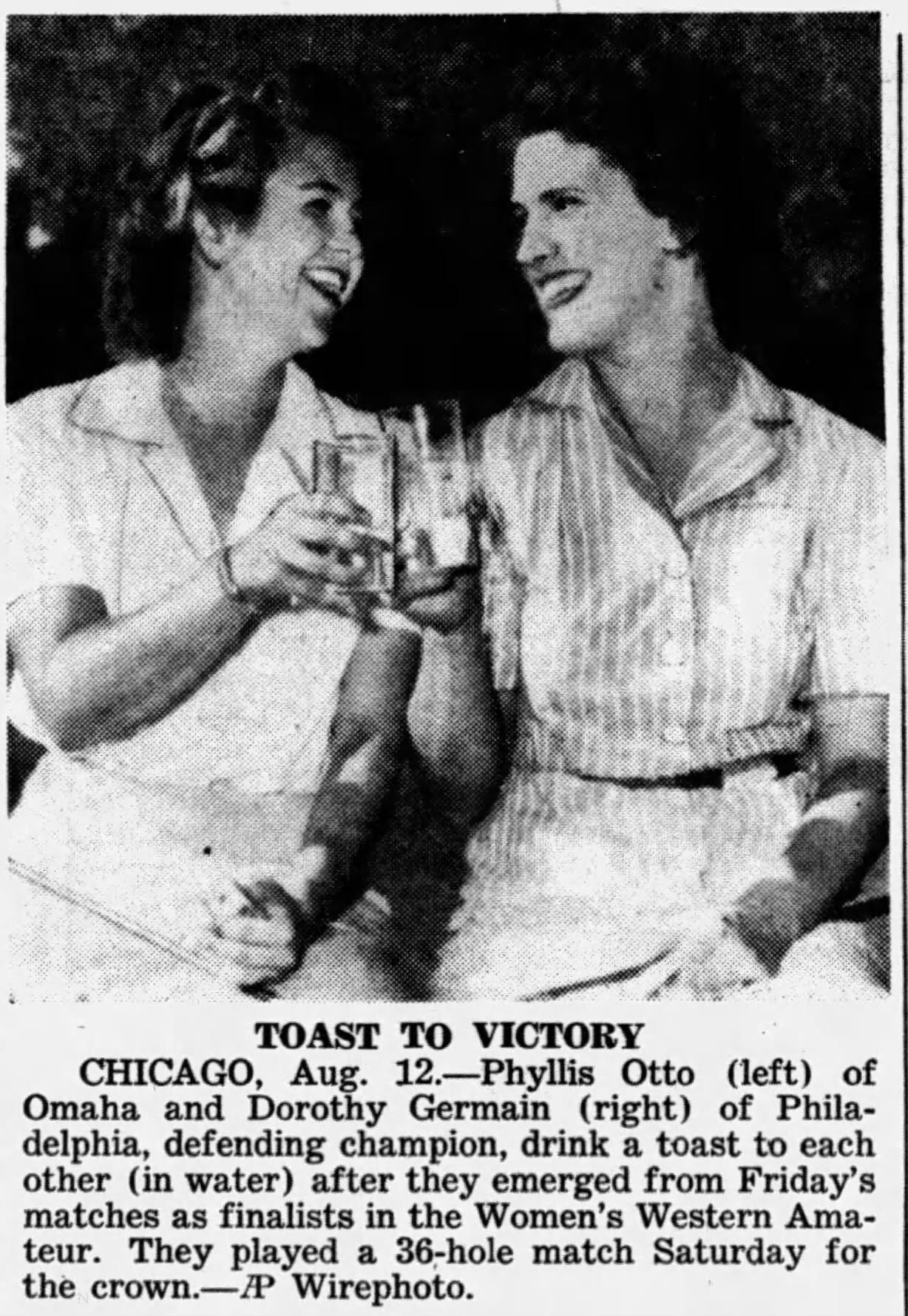


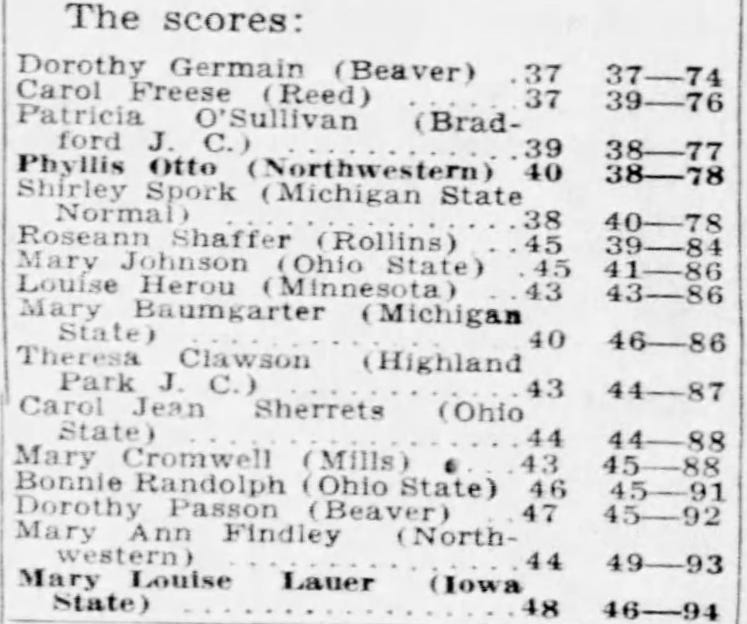


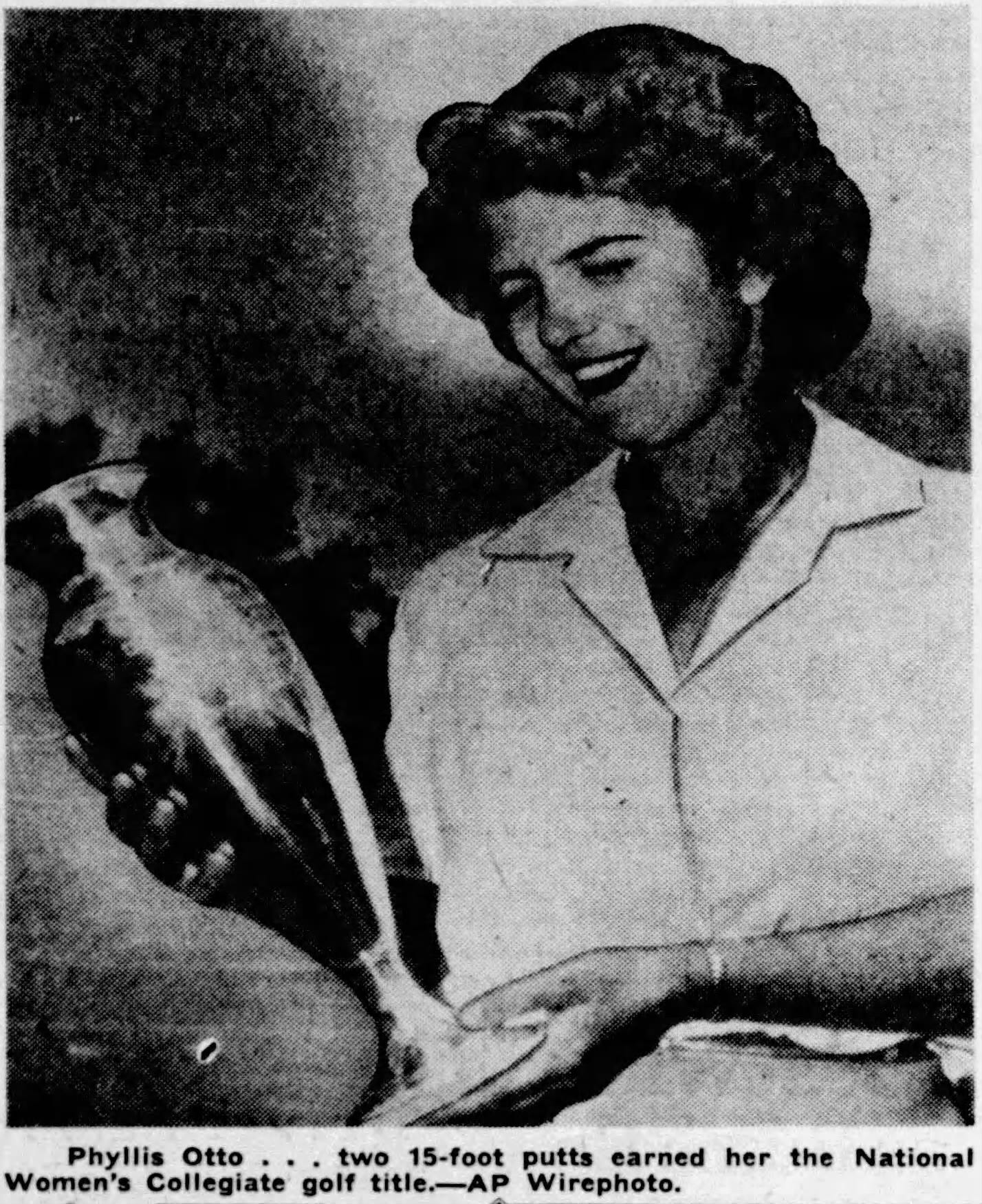

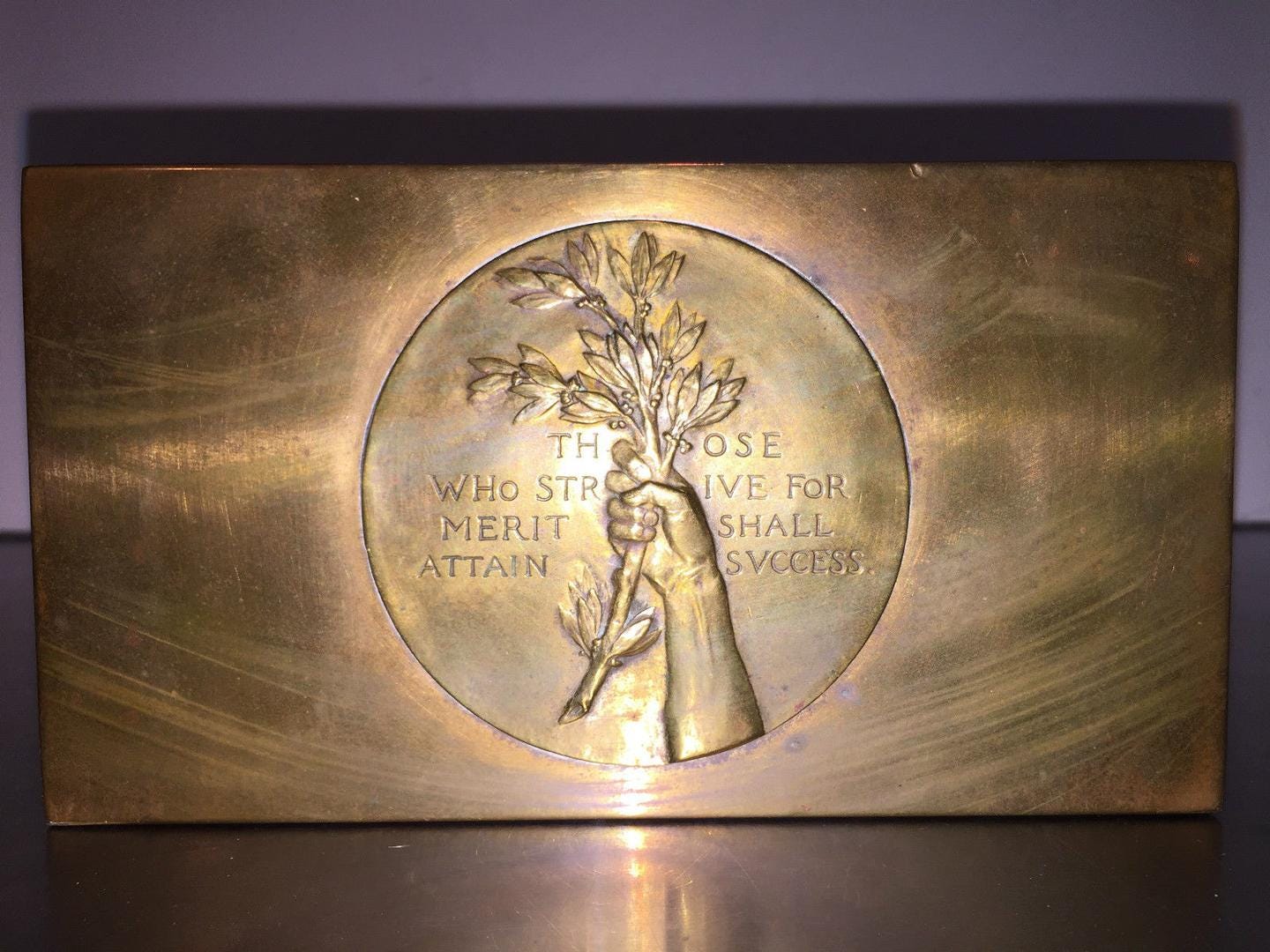
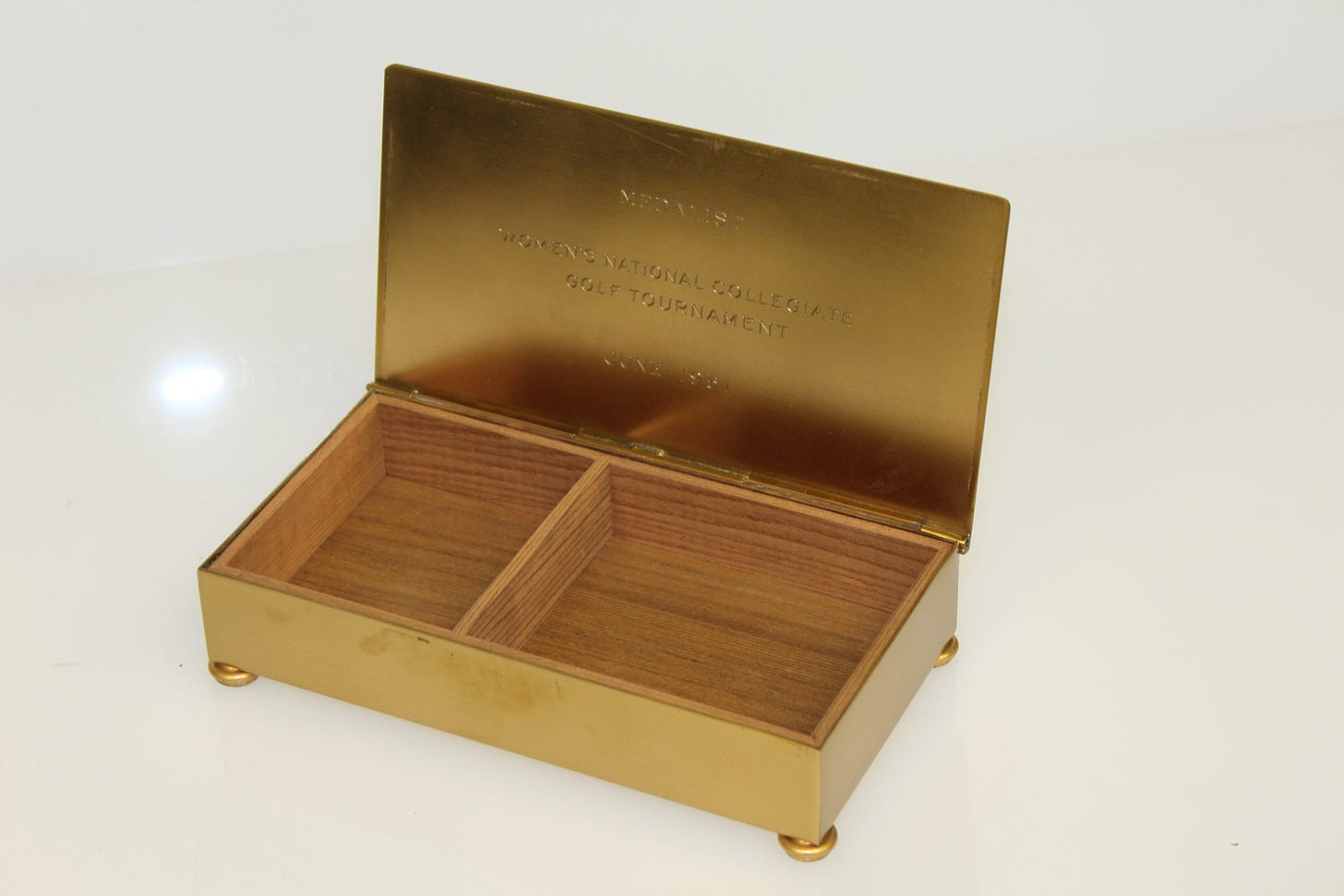



That’s so neat to have a comic published about you, but what a weird way to get into golf 😆 I love all these hidden gems in your articles!